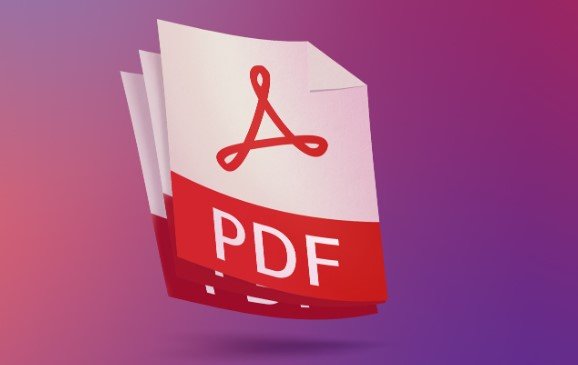5 Tips for Converting Page Numbers to PDFs

Converting documents to PDFs is common for students, professionals, and businesses. Whether working with digital textbooks, reports, or eBooks, knowing how to handle page numbers can significantly enhance a document’s usability. This article provides ten practical tips for converting page numbers to PDFs, ensuring documents are well-structured and easy to navigate.
1. How to Add Page Numbers to a PDF
To manage documents effectively, one needs to know how to add page numbers to a PDF. This process is straightforward but requires the right tools and understanding of the software.
Many PDF editors offer built-in options to insert page numbers. Users can choose where the page numbers appear, such as in the header, footer, or margin. They can also set the style of the numbers, like Roman numerals or standard Arabic numbers. Adjusting these settings can enhance the appearance of a document and make it easier to read.
2. Choosing the Right PDF Editor
Choosing the right PDF editor is crucial for managing page numbers effectively. Different editors come with varying features; some are more suited for basic tasks, while others offer advanced options.
Free PDF editors are available that provide basic functionalities like inserting page numbers. These tools suit those who need to perform simple tasks without spending on premium software.
Investing in a premium PDF editor might be beneficial for those handling large volumes of documents or needing specific customization. These editors typically offer features like batch processing, multiple page number styles, and more precise placement options.
3. Batch Processing for Large Documents
Handling large documents can be time-consuming, especially when adding page numbers to multiple PDFs. Batch processing is a feature that can save time by allowing users to apply changes to several documents at once.
Batch processing enables users to add page numbers to multiple PDFs simultaneously. This feature is especially helpful for businesses or students working with extensive documents. It ensures consistency across all files and speeds up the document preparation process.
Read also: The Evolution of Watch Design: From Classic to Contemporary Trends
4. Removing Page Numbers from PDFs
In some cases, page numbers may need to be removed from a PDF. This is often required when a document is being repurposed or when its formatting needs to be revised.
Most PDF editors provide options to delete existing page numbers. The process typically involves selecting the page number field and choosing a delete option. It may take some extra time for documents with complex layouts to remove all unwanted numbers.
Removing page numbers can also be necessary when combining PDFs into a single document. Merging files may cause overlapping or redundant page numbers, and tidying up these inconsistencies for a clean final version is important.
5. Customizing Page Number Styles
Customizing page number styles is another useful feature for managing PDF documents. Depending on the document’s purpose, different styles, such as Roman numerals, Arabic numbers, or alphabetical characters, can be applied.
Professional documents, like reports or academic theses, often require specific numbering formats. Some pages may use Roman numerals for introductory sections and Arabic numbers for the main content. Knowing how to adjust these styles helps meet formal requirements and present documents professionally.
“Acrobat lets you add page numbers to PDFs to the top or bottom of each page, placing them on the left side, center, or right side. You can select which page you want to start the numbering too.”
Managing page numbers in PDFs is a key skill for anyone who works with digital documents. Knowing how to add, remove, batch process, and customize page numbers can significantly improve a document’s usability and presentation. By following these ten tips, users can ensure their PDFs are well-organized, easy to navigate, and professionally formatted, saving time and enhancing the reader’s experience.






